INDIAN ARMED FORCES CHIEFS ON OUR RELENTLESS AND FOCUSED PUBLISHING EFFORTS

The insightful articles, inspiring narrations and analytical perspectives presented by the Editorial Team, establish an alluring connect with the reader. My compliments and best wishes to SP Guide Publications.

"Over the past 60 years, the growth of SP Guide Publications has mirrored the rising stature of Indian Navy. Its well-researched and informative magazines on Defence and Aerospace sector have served to shape an educated opinion of our military personnel, policy makers and the public alike. I wish SP's Publication team continued success, fair winds and following seas in all future endeavour!"

Since, its inception in 1964, SP Guide Publications has consistently demonstrated commitment to high-quality journalism in the aerospace and defence sectors, earning a well-deserved reputation as Asia's largest media house in this domain. I wish SP Guide Publications continued success in its pursuit of excellence.
- Prime Minister Modi Visits Punjab’s Adampur Air Base, Interacts with Airmen after Successful ‘Operation Sindoor’; Stern Message to Pakistan
- The layered Air Defence systems that worked superbly, the key element of Operation Sindoor
- Operation Sindoor | Day 2 DGMOs Briefing
- Operation Sindoor: Resolute yet Restrained
- India's Operation Sindoor Sends a Clear Message to Terror and the World – ‘ZERO TOLERANCE’
- Japan and India set forth a defence cooperation consultancy framework, talks on tank and jet engines
Scooting Tech Barriers for Indian Military Drones
Military drone technology has seen significant advancements in recent years, with various countries investing heavily in research, development, and deployment. While India has strived to achieve a higher grade in the drone category, it remains sort of fully operational due to certain tech barriers: sensory elements among others. Now the larger debate is on the fusion of civil and military drones and policies and private innovation to show results.
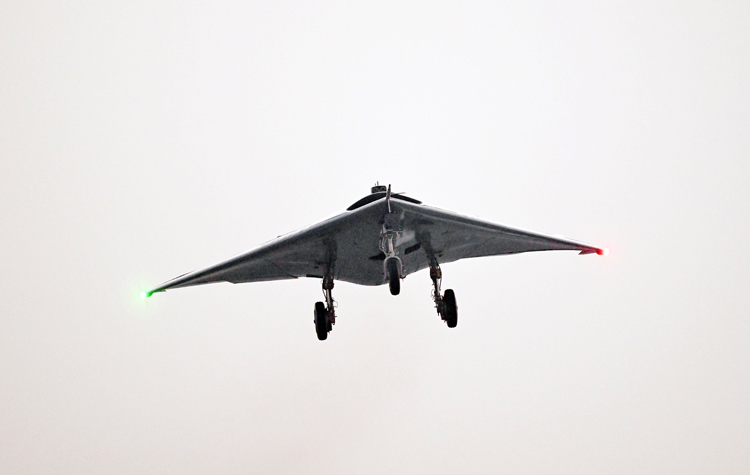
Military drone technology has seen significant advancements in recent years, with various countries investing heavily in research, development, and deployment. Primarily, India's sole military research institute Defence Research and Development Organisation (DRDO) is working on multiple projects. On the industrial side, the leading DPSU -- Hindustan Aeronautics (HAL) along with military startups are gearing up to boost drone capabilities for the Indian armed forces.
Military drone technology has seen significant advancements in recent years, with various countries investing heavily in research, development, and deployment.
The global development builds a credible case with high-calibre US' General Atomics MQ-9 Reaper, Bayraktar Kizilema of Turkey, and UK-French collaboration -- BAE Systems Taranis / Dassault nEUROn — the medium-scale combat drones have achieved a good scale in China. Even closer in South Asia, on the back of the Chinese - assisted drones programme, Pakistan announced its recent UCAV, the Shahpar II, MALE combat drone which flew at 14,000 ft and fired a Burq missile. Pakistani military claims its long-duration 20 hours of Intelligence, Surveillance and Reconnaissance (ISR) loaded with 14 hours combat. Even more on publicity and propaganda and exaggerated claims, Shahpar II engrafted along with Turkey's Bayratkar TB-2 & Chinese CH-4.
Military Drones and Civil Policies
The Ministry of Defence (MoD) is doing its bit by initiating multiple schemes such as ADITI, iDEX, and iDEX Prime by allocating funds (₹750 crore) to emerging and critical technologies. Additionally, in the larger civil space, the government has approved a ₹120 crore Production-linked Incentives (PLI) scheme, boosting programmes such as Drone Shakti, and Drone Didi among others. The projection for drones already touches $13 billion by 2030.
While the government's Technological Advancement projects like ADITI aims to develop approximately 30 deep-tech critical and strategic technologies between 2023-24 and 2025-26, it also aims to bridge the gap between the expectations and requirements of the modern Armed Forces and the capabilities of the defence innovation ecosystem through a 'Technology Watch Tool.' Importantly, such programmes create the demand for multi-skilled professionals and integrate skills for piloting, maintenance, and analytics.
India's Defence Research and Development Organisation (DRDO) and Hindustan Aeronautics (HAL) are actively working on multiple projects to boost drone capabilities for the Indian armed forces.
However, the innovation must not be solely dependent on the government's initiatives and funding for real-time tech development in the case of such technologies in unmanned systems. We look at some of the key projects which are under development. Additionally, it is important to take stock of component-wise tech development on cameras, radar, GPS, and propulsion development in India and the challenges which remain to be resolved. Some of the latest trends and developments in military drone technology include:
Stealth and Low Observable Designs: Military drones are increasingly incorporating stealth features to evade detection by radar and other sensors. Low observable designs, including specialised coatings and shapes, help reduce the drone's radar cross-section, making them harder to detect and track.
Longer Endurance and Range: Military drones are being equipped with more efficient engines, advanced batteries, and lightweight materials to extend their endurance and operational range. This allows them to conduct prolonged surveillance missions, conduct strikes, and gather intelligence deep within enemy territory.
Advanced Sensors and Payloads: Military drones are equipped with a wide range of sensors and payloads, including high-resolution cameras, infrared sensors, synthetic aperture radar (SAR), electronic warfare (EW) systems, and signals intelligence (SIGINT) equipment. These payloads provide valuable real-time intelligence, surveillance, and reconnaissance (ISR) capabilities to military forces.
Pakistan has announced the development of the Shahpar II MALE combat drone with assistance from China, showcasing advancements in military drone technology in South Asia.
Autonomy and AI: Autonomy and artificial intelligence (AI) are playing an increasingly important role in military drone operations. Autonomous drones can perform tasks such as route planning, target identification, and threat assessment with minimal human intervention. AI algorithms enable drones to adapt to changing battlefield conditions and make split-second decisions.
Swarming Technology: Military drones are being developed to operate in swarms, where multiple drones coordinate their actions to achieve a common objective. Swarming technology enhances situational awareness, improves mission success rates, and provides redundancy in case of drone losses.
Lethal Strike Capabilities: Some military drones are equipped with precision-guided munitions, such as missiles and guided bombs, allowing them to conduct lethal strikes against enemy targets with precision and minimal collateral damage. These drones are used for targeted assassinations, counterterrorism operations, and airstrikes in conflict zones.
Counter-Drone Systems: As the threat from enemy drones grows, military forces are investing in counter-drone systems to detect, track, and neutralise hostile drones. These systems include radar, electro-optical sensors, radio frequency (RF) jammers, and kinetic or non-kinetic weapons to disrupt or destroy enemy drones.
Overall, military drone technology continues to evolve rapidly, with ongoing advancements in stealth, endurance, sensors, autonomy, and lethality. These advancements are reshaping modern warfare and providing military forces with new capabilities for surveillance, reconnaissance, and combat operations.
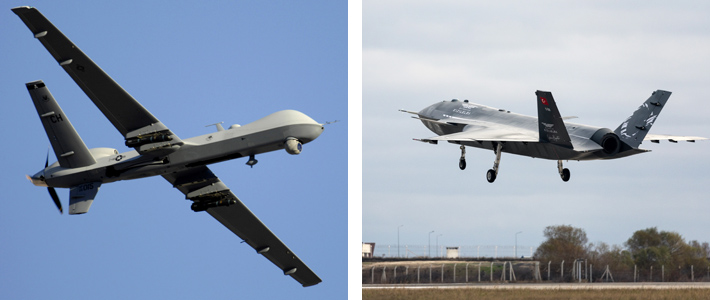
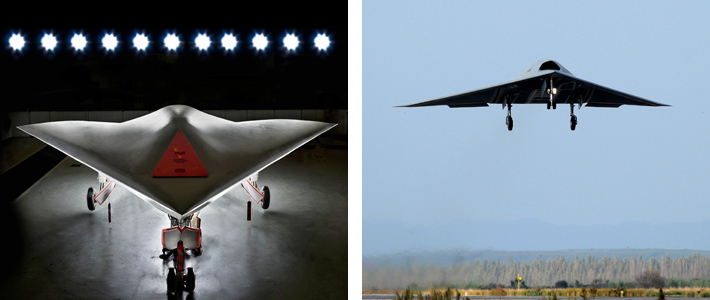
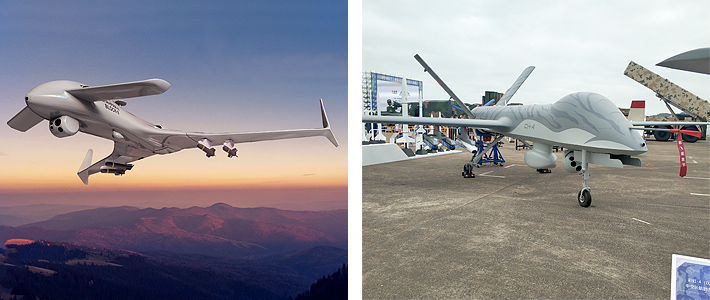
MALE combat drone Chinese CH-4; Pakistan the Shahpar II; and BAE Systems Taranis
Thrust areas for military drones
Drone technology operates at the intersection of different industry sectors such as Aerospace, Electronics, IT-ITes and Telecom. Thus, it thrives in greater sync with civil-military fusion. The Armed Forces have projected not only on the UAVs but it laid out very futuristicacquisition plans for drones and satcom-enabled weaponised drones.
To begin with, it is again important to reiterate the policy thrusts towards indigenous development which not only involves government-backed schemes but must be broadened for the private sector to raise the innovation bar. As pointed out by one of the leading experts, Group Captain R.K. Narang (Retd), "Military Drone Development programme is passing through the most crucial phase."
The Indian government has initiated multiple schemes and allocated funds for emerging technologies, including military drones, aiming to bridge the gap between modern armed forces' requirements and innovation capabilities.
Another important area which further requires a critical evaluation and policy direction deals with the viability and scale of cutting-edge development in unmanned drone systems is civil-military fusion. Narang also asserts that India lacks the civil drone Atmanirbharta Policy and Civil Drone R&D programmes, which is a hurdle in achieving Civil-Military Fusion.For example, the Ministry of Civil Aviation (MoCA) unlike the Federal Aviation Administration (FAA) or The European Union Aviation Safety Agency (EASA) does not have a roadmap and plan for the development of enabling technologiesto integrate civil drones in Indian airspace.
So far, the development is also restricted on the operational scale as the payload capacity remains limited to smaller sizes and weights. As per Civil Drone Rules-2021, the certification is limited to drones weighing less than 500 Kg. Narang emphasised that India needs a policy and plan to test and certify drones weighing more than 500 Kg. "The R&D programmes and inclusion of Qualitative Requirements (QRs) for indigenous sub-systems in the RFPs need to be taken up by MoD, MoCA and other Ministries to achieve civil-military fusion," he suggests on the policy upticks.
Key developments in military drone technology include advancements in stealth, endurance, sensors, autonomy, lethality, and counter-drone systems, reshaping modern warfare capabilities.
However, the most critical elements in terms of tech barriers that must be highlighted are all about capabilities for the components: Imaging, RGB, infrared, thermal sensors, Radar, LIDAR tech, Motor & Power source -- powerful batteries & materials. While some of the advanced tech is being developed indigenously like the latest development involving carbon fibre for manufacturing composite materials for frames, the sensors and batteries need to be outsourced from foreign partners. Narang exhorts the technological roadmap on the key elements, points out "India needs the inclusion of mandatory Qualitative Requirements for procuring indigenous cameras, radars, NAVIC, propulsion systems and other critical systems to truly become Atmanirbhar and a global drone hub by 2030."
The Current Initiatives
As we look at some of the key military programmes, which rest largely upon the DRDO's initiatives, have made credible progress, but still short of being inducted. Beginning with Tapas-BH, a MALE UAV, which is designed for ISTAR (Intelligence, Surveillance, Target Acquisition, Tracking, and Reconnaissance) requirements are geared for the final phase. By definition, TAPAS promises the integration of the highest-grade military EO (Electro-Optical) and SAR (Synthetic Aperture Radar) payloads. It is to enhance the images dramatically for the ISTAR range and across the terrain. While it is based on the Rustom-2 platform which was originally conceptualised and designed to perform ISR missions for the Indian armed forces, it is poised to embrace Indian GPS GAGAN (GPS Aided Geo Augmented Navigation) developed by ISRO.Despite the reasonable progress, is yet to be inducted for operational purposes.
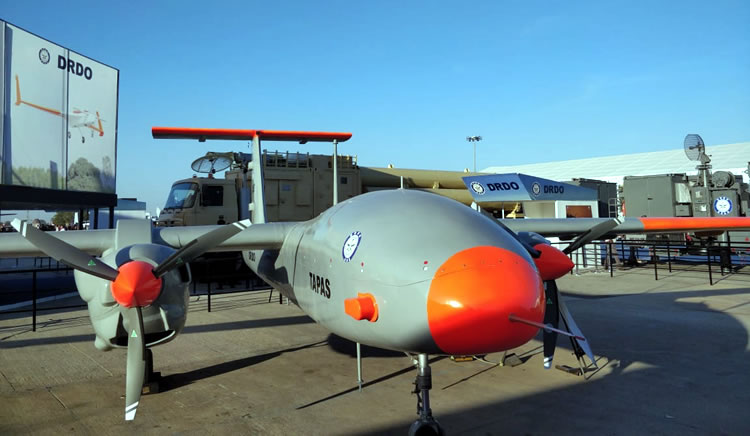
Archer-Next Generation (NG)
Another attempt is for the advanced version of the UAV named Archer which will be a weaponised drone. It achieved a good deal of endurance and payload capacity with a line-of-sight range of 250 Km and Beyond Line-of-Sight (BLoS) up to 1,000 km.
Primarily, Archer NG is defined for the ISTAR missions, artillery fire corrections and battlefield post-strike assessment. The Archer NG is now equipped with a single-engine system. Like the Tapas, the NG UAV is underway based on the defence cum production partner (DcPP) which involves the industry in building design and tech elements from a certain stage. While this is a step in the right direction, it is also awaited.
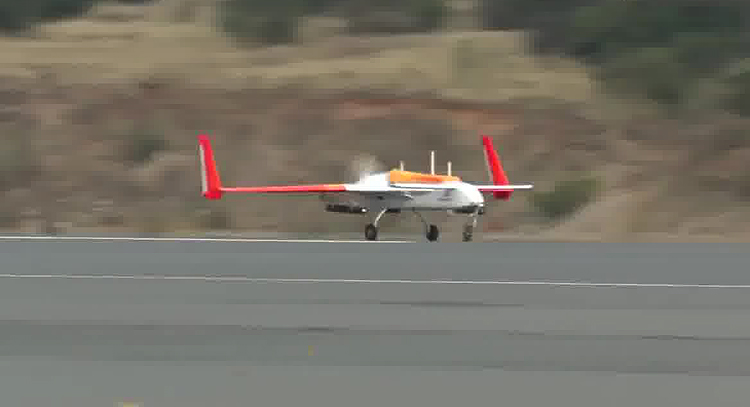
The third element is the development of Remotely Piloted Aircraft Systems (RPAS) where the DRDO has come up with High Altitude Long Endurance RPAS, covering the full spectrum of ISTAR. The RPAS aims to surpass the load capacity of 2,000 kg and it can fly at an altitude of 35,000 ft based on a turboprop (940 HP) powerplant.
Next, the futuristic project of the DRDO's drone, detect, deter, and destroy (D4) is the latest of the systems, targeting micro drones by jamming the command-and-control links and further damaging the hardware of the drones.
Manish Kumar Jha is a Consulting & Contributing Editor for SP's Aviation, SP's Land Forces and SP's Naval Forces and a security expert. He writes on national security, military technology, strategic affairs & policies.





